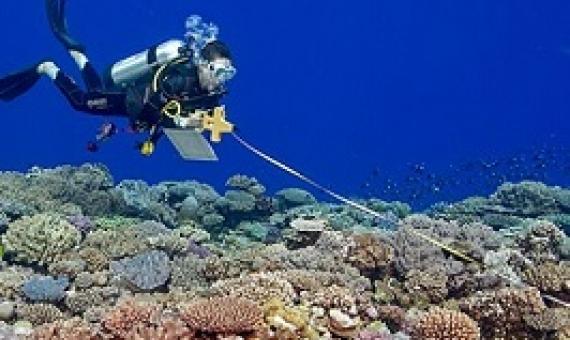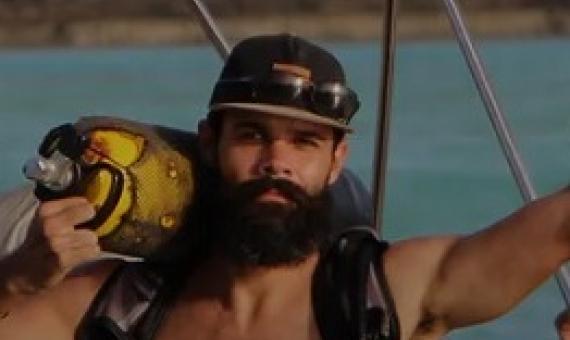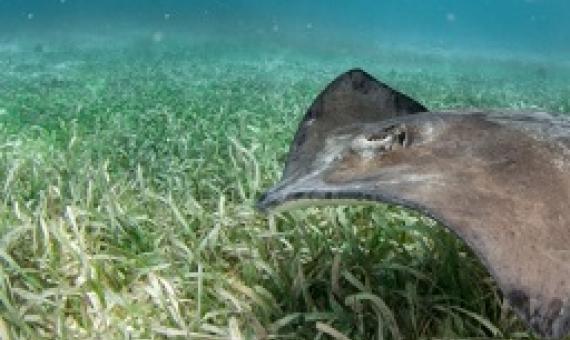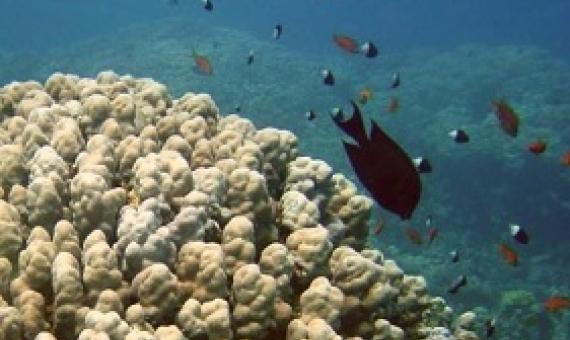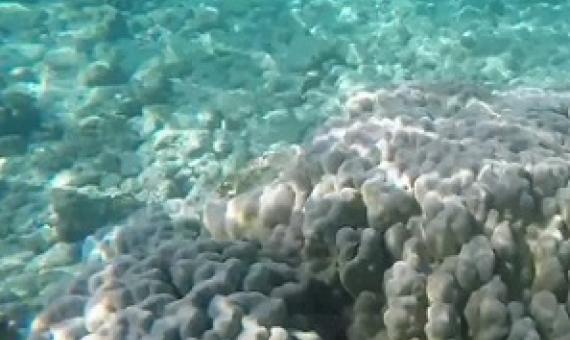Upon first glance, the crown-of-thorns starfish looks a lot like an enemy creature you'd find in a nature-based video game. Long spikes cover its body, which can reach 2 1/2 feet in diameter. It's somewhat reminiscent of a land mine, if a land mine had 14 to 21 movable arms.
Unwanted networks: Vessel traffic heightens the risk of invasions in marine protected areas
Invasive species pose a significant threat to a primary objective of marine conservation, protecting native biodiversity. To-date, research quantifying invasion risk to marine protected areas (MPAs) is limited despite potential negative consequences. As a first step towards identifying invasion risk to MPAs via vessel ballast or biofouling, we evaluated vessel traffic patterns by applying graph-theoretic concepts for 1346 vessels that connected invaded areas (‘invasion nodes’) along the Northeast Pacific coast to MPAs within Canadian waters in 2016.
Data-driven approach for highlighting priority areas for protection in marine areas beyond national jurisdiction
One of the aims of the United Nations (UN) negotiations on the conservation and sustainable use of marine biodiversity in areas beyond national jurisdiction (ABNJ) is to develop a legal process for the establishment of area-based management tools, including marine protected areas, in ABNJ. Here we use a conservation planning algorithm to integrate 55 global data layers on ABNJ species diversity, habitat heterogeneity, benthic features, productivity, and fishing as a means for highlighting priority regions in ABNJ to be considered for spatial protection.
The results have been confirmed by the special Management Area Report 2020 that was compiled by the Ministry of Fisheries in partnership with Australia's James Cook University.
Mael Imirizaldu is a regional officer for Pacific and French-speaking countries for Conservation International’s Center for Oceans, where he helps countries and communities conserve the ocean that they depend on.
In the coastal waters across much of our planet are meadows of seagrass that are critical to the health of our ocean. Seagrasses evolved millions of years ago when flowering plants on land took up residence in the sea.
NASA has been using special cameras to check the threats underwater. However, it ended up in complex calculations and failed to understand the threats deeply.
Kahalu‘u Bay on Hawai‘i Island is one of the most popular and heavily visited snorkeling locations in all of Hawai‘i.
Rebuilding marine life
Sustainable Development Goal 14 of the United Nations aims to “conserve and sustainably use the oceans, seas and marine resources for sustainable development”. Achieving this goal will require rebuilding the marine life-support systems that deliver the many benefits that society receives from a healthy ocean. Here we document the recovery of marine populations, habitats and ecosystems following past conservation interventions.
Motivations to Support Marine Conservation Projects in North Tarawa, Kiribati
Local communities’ support for resource conservation projects are essential for their success. Nevertheless, in the Pacific Island countries, many community-based conservation (CBC) projects remain ineffective due to the lack of community members’ engagement. To better understand the motivations of local community members to support resource conservation projects; this research looks at the four community-based conservation sites in North Tarawa, Kiribati.


